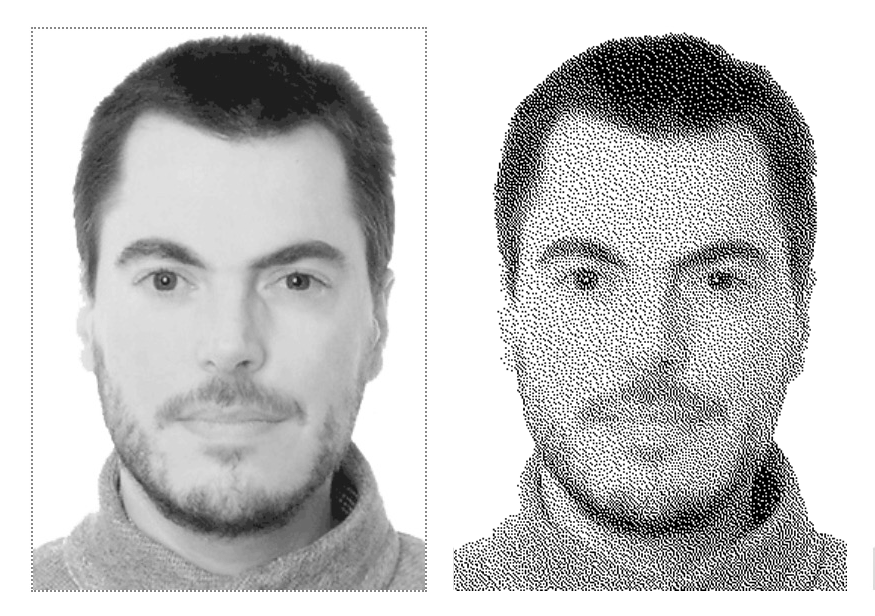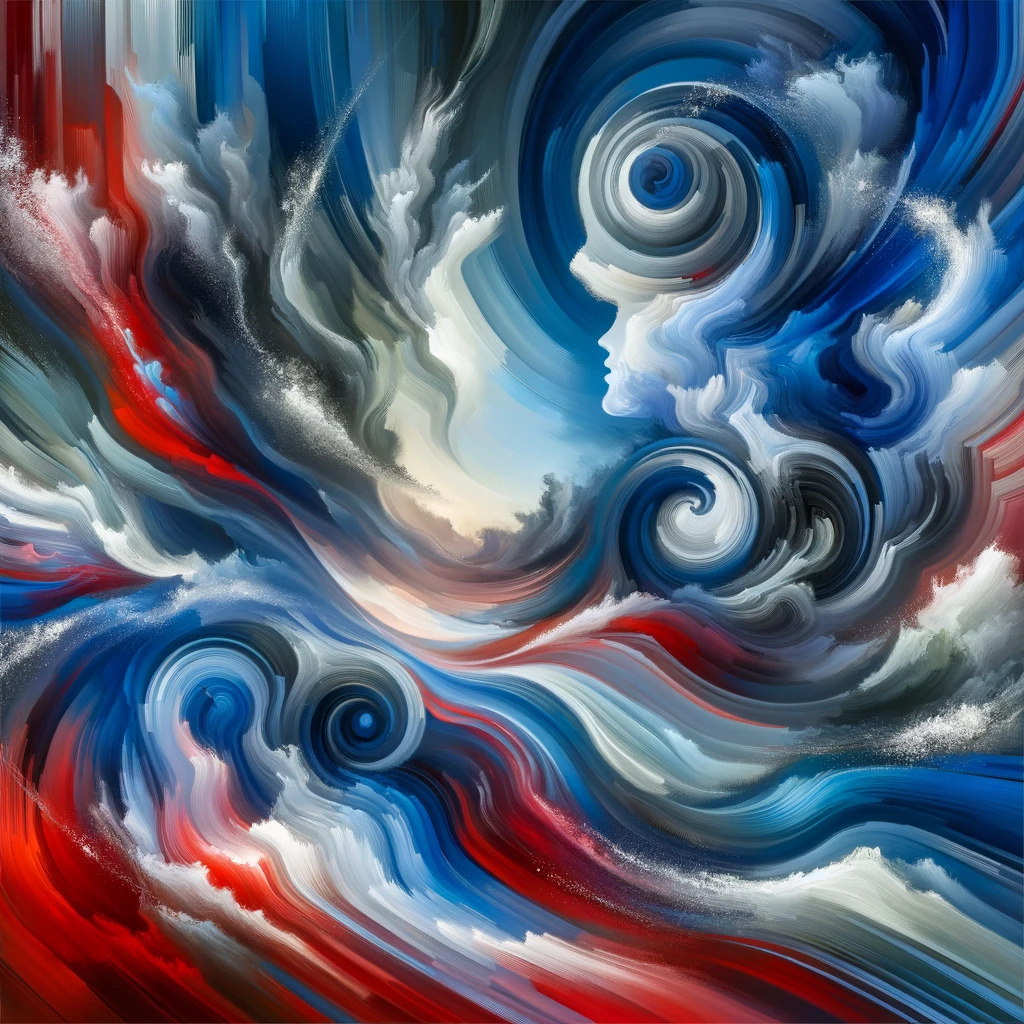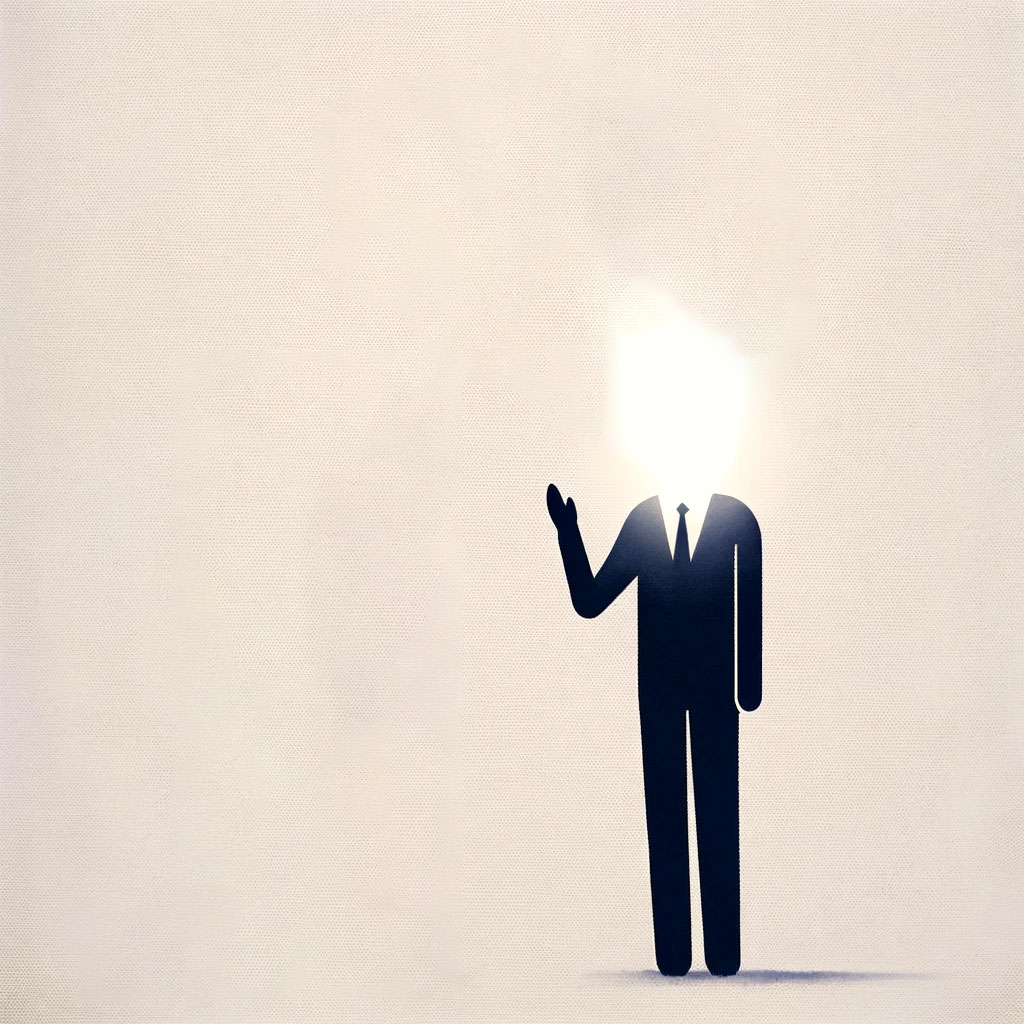Digitale Interaktion neu denken: Über das Binäre hinausgehen
Soziale Medien haben prägenden Einfluss auf unsere Wahrnehmungen, Interaktionen und gesellschaftliche Gefüge. Das hat viele positive aber auch negative Auswirkungen. Ein dringendes Problem, das unsere Aufmerksamkeit erfordert, ist die zunehmende Polarisierung im Netz. Die Wurzel dieses Problems könnte überraschenderweise auch auf ein scheinbar harmloses Feature zurückzuführen sein, das auf Plattformen allgegenwärtig ist: ein binäres System von Feedback, oft ausgedrückt in “Daumen hoch” und “Daumen runter”.
Das Problem der Polarisierung
Polarisierung bezieht sich auf die Teilung der Gesellschaft in distinkte Gruppen mit konträren Ideologien oder Präferenzen, was zu einer fragmentierten Gemeinschaft führt. Das Internet, mit seinem enormen Potenzial für vielfältige Ausdrucksformen, ist paradoxerweise zu einem Schlachtfeld von Echokammern und polarisierten Lagern geworden. Dieses Problem wurde durch die binären Feedback-Mechanismen verschärft, wo komplexe Meinungen auf einfache Likes oder Dislikes reduziert werden. Solch ein System entmutigt Nuancen und fördert ein Umfeld, das von extremen Ansichten geprägt wird.
Der Binäre Übeltäter: Daumen Hoch und Daumen Runter
Das binäre Feedbackmodell, verkörpert durch “Thumbs up” und “Thumbs down” Buttons, gaukelt eine simplistische, schwarz-weiße Sicht auf Inhalte vor. Einem solchen Modell fehlt die Fähigkeit, die Komplexität menschlicher Meinungen einzufangen und reduziert reichhaltige, facettenreiche Diskussionen auf bloße Zustimmungs- oder Ablehnungszahlen. Die Frage, die sich stellt, ist: Was gäbe es für eine einfache Alternative? Eine Ansatz, die die Polarisierung mildern könnte, indem sie die Komplexität menschlicher Perspektiven sichtbar macht?
Die Vorgeschlagene Lösung: Der “Schieberegler”
Stellen Sie sich eine digitale Welt vor, in der die Meinungen der Benutzer anstelle einer binären Wahl mit einem Schieberegler inkrementell präsentiert werden. Dieser Schieberegler würde es Benutzern ermöglichen, ihre Meinungen mit größerer Präzision auszudrücken und bietet ein Spektrum an Werten, die die nuancierten Schattierungen von Zustimmung oder Ablehnung einfangen. Solche Systeme könnten die Art und Weise, wie wir online interagieren, revolutionieren, indem wir uns von der spaltenden Natur binärer Entscheidungen wegbewegen und hin zu einem inklusiveren, gradiellerem Verständnis von Inhalten und Meinungen.
Hochauflösende Reflexionen von Uns Selbst
Durch die Implementierung eines Schiebereglermechanismus könnte das Internet zu einem Spiegel werden, der hochauflösendere Bilder unseres kollektiven Bewusstseins reflektiert, statt grobe, 1-Bit-Grafiken mit wenig Nuance. Dieser Übergang zu einer “Graustufen” Darstellung von Meinungen könnte zu einem durchdachteren Engagement ermutigen, Empathie fördern, indem gemeinsame Grundlagen zwischen scheinbar unterschiedlichen Ansichten hervorgehoben werden und letztlich zur Heilung der polarisierten Landschaft beitragen.




